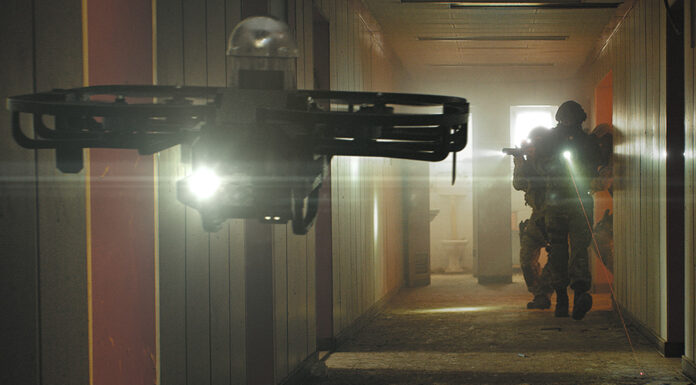The current family of US Army communications systems was designed to support the Cold War scenario. These systems were created to operate in a European theater and based on a maneuver scheme to defeat the Soviet Military. As such, the Mobile Subscriber Equipment (MSE) system, which is currently fielded to Army forces, relies on a grid network of line-of-sight connected node centers to link command posts at all levels.
As the Army conducted an analysis of its planned scheme of maneuver, it was determined that the existing tactical communications systems would not be able to keep up with the expected speed of advance and dispersion of the combat forces. Thus, the Army developed a commercial satellite solution that could be installed on critical command and control vehicles that would give the tactical commanders the connectivity and bandwidth required while dispersed, beyond line of sight, and on the move To ensure consistent connectivity during OIF, senior commanders utilized single channel (25 KHz UHF) tactical satellite (TACSAT) assets while on the move and fell back on military X-band and commercial Ku-band TACSAT on the halt. This hybrid solution, though heavily dependent on commercial assets, proved invaluable in providing the robust, available on demand, communications data and voice links required by the Corps Commander down to his Division and Brigade TOCs.
Additional parts of this article:
- Operation Iraqi Freedom C4ISR Lessons Learned
- Combat Implementation of the NCW Doctrine part I
- Combat Implementation of the NCW Doctrine part II
- Tactical C3 Performance
- Mobile Command Post Operation
- Tactical Operations Center Performance
- Beyond Line-of-Sight Communications
- Battle Command on-the-Move



















